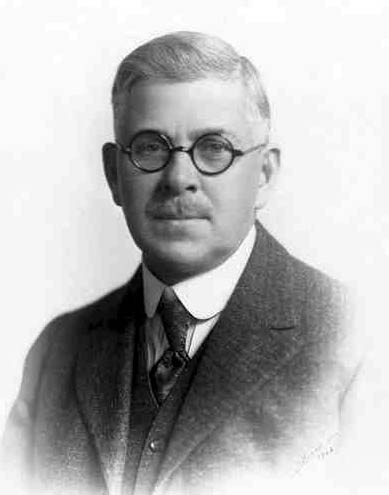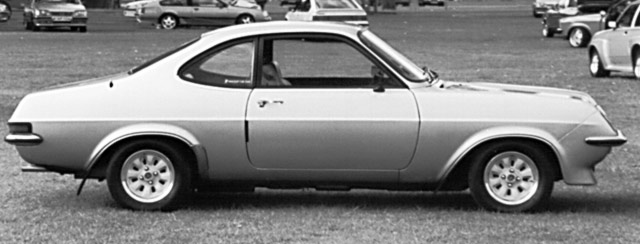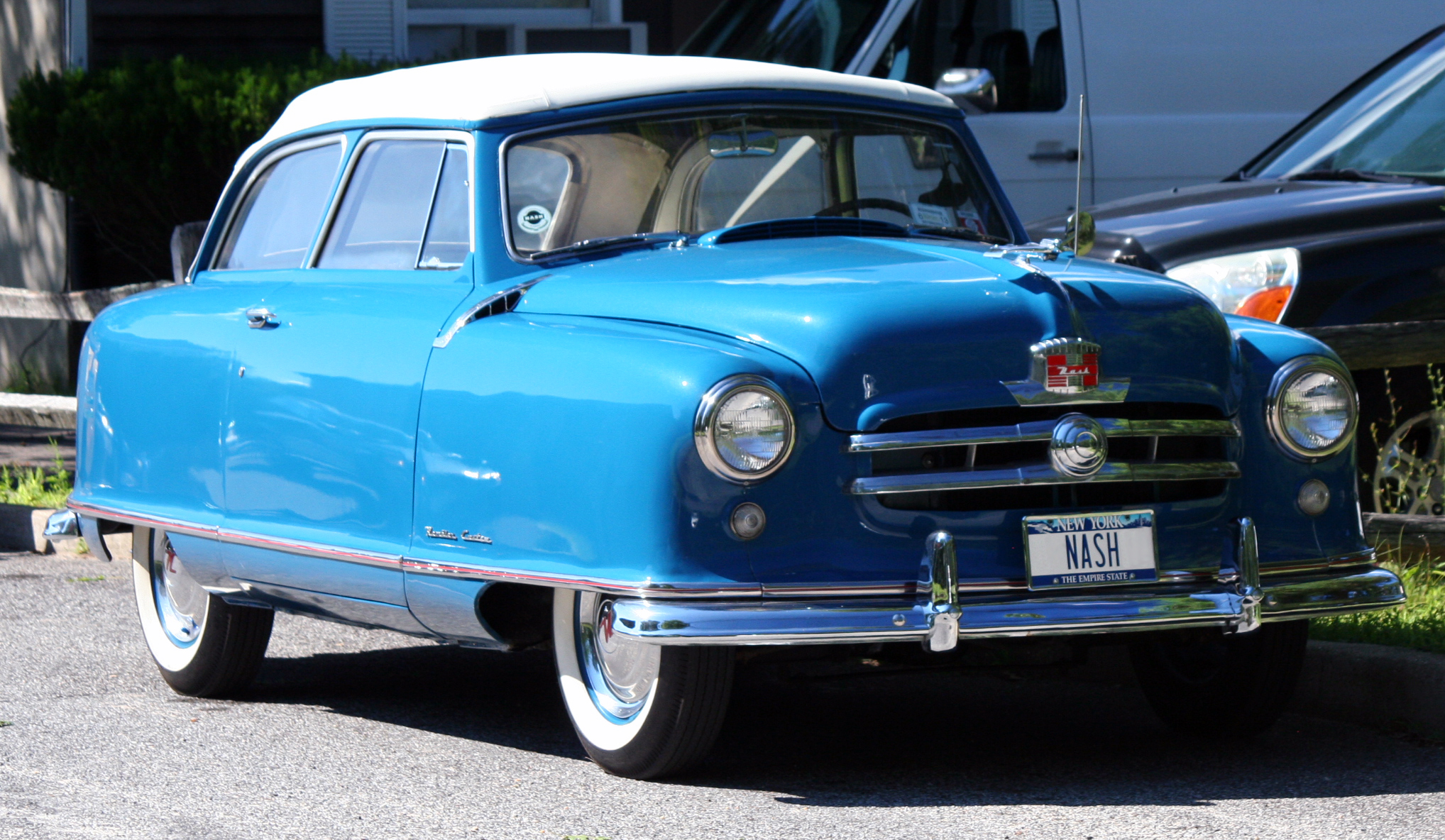|
Oldsmobile Firenza
The Oldsmobile Firenza was a compact car which was produced by Oldsmobile from 1982 to 1988. It was based on the front-wheel drive GM J platform, which was shared with the Buick Skyhawk, Cadillac Cimarron, Chevrolet Cavalier and Pontiac Sunbird. It was not based on the European market Vauxhall Firenza, but on the same platform as the Vauxhall Cavalier Mk 2 / Opel Ascona C. The Firenza name was previously used as a performance package on the previous generation Oldsmobile Starfire hatchback. Overview The all-new Firenza was introduced in March 1982, as a replacement for the departed rear-wheel drive Starfire. Initially available as a two-door hatchback and four-door sedan, the lineup was expanded to include a 4-door "Cruiser" wagon in 1983, and a two-door notchback coupe in 1986.Auto Editors of Consumer Guide. 2006. ''Encyclopedia of American Cars'' (pp 642-43) . Lincolnwood, Il: Publications International. The name "Cruiser" was applied to all Oldsmobile station wagons at the ... [...More Info...] [...Related Items...] OR: [Wikipedia] [Google] [Baidu] |
Oldsmobile
Oldsmobile (formally the Oldsmobile Division of General Motors) was a brand of American automobiles, produced for most of its existence by General Motors. Originally established as "Olds Motor Vehicle Company" by Ransom E. Olds in 1897, it produced over 35 million vehicles, including at least 14 million built at its Lansing, Michigan, factory alone. During its time as a division of General Motors, Oldsmobile slotted into the middle of GM's five passenger car divisions (above Chevrolet and Pontiac (automobile), Pontiac, but below Buick and Cadillac). It was also noted for several groundbreaking technologies and designs. Oldsmobile's sales peaked at over one million annually from 1983 to 1986, but by the 1990s the division faced growing competition from premium import brands, and sales steadily declined. When it shut down in 2004, Oldsmobile was the oldest surviving American automobile brand, and one of the oldest in the world. History Early history Oldsmobiles were first manufac ... [...More Info...] [...Related Items...] OR: [Wikipedia] [Google] [Baidu] |
GM 60-Degree V6 Engine
GM or Gm may refer to: Companies * General Motors, US automobile manufacturing company which was founded in 1908 ** Motors Liquidation Company, the US automobile manufacturing company known as General Motors Corporation from 1916 to 2009 * General Mills, US food manufacturing company * Gunn & Moore, UK sports equipment company Places * The Gambia, by ISO 3166 code * Germany, by FIPS 10-4 country code * Greater Manchester, England Sports and gaming * RGM-79 GM, a mobile suit series in the video game ''Mobile Suit Gundam'' * Gamemaster or game master, a person officiating in a multiplayer role-playing game * Grandmaster (chess) * Grandmaster (martial arts) * ''GM'' (magazine) Science and measurement * Geiger–Müller tube or G-M tube, a type of radiation detector * Genetic modification or genetically modified, manipulation of an organism's genome * Gigametre or gigameter (Gm), one billion metres * Silty gravel, in the Unified Soil Classification System * Standard gra ... [...More Info...] [...Related Items...] OR: [Wikipedia] [Google] [Baidu] |
Vauxhall Firenza
The Firenza is a model of car offered by Vauxhall from May 1971 until 1975. It was a development of the Viva, but had a distinctive coupé body style (fastback) and only two doors. In South Africa, it was sold as the Chevrolet Firenza until it was replaced by the Chevrolet 1300/1900 during 1975. Its name is derived from ''Firenze'', the name of the Italian city known in English as Florence. History Launched in May 1971, the initial Firenza was available in a base model 1159 cc overhead valve engine carried over from the Viva HB, and two models with the Slant-4 overhead camshaft engine from the Victor FD, in 1599 cc and 1975 cc variants. The latter was the same engine as used in the earlier Viva GT. The entry 1159 cc lasted 3 months before the 1256 cc was launched in August 1971, being produced until July 1972 before the smaller engine was dropped from the range. Some six months after launch, in December 1971, performance was boosted when the engine c ... [...More Info...] [...Related Items...] OR: [Wikipedia] [Google] [Baidu] |
Europe
Europe is a continent located entirely in the Northern Hemisphere and mostly in the Eastern Hemisphere. It is bordered by the Arctic Ocean to the north, the Atlantic Ocean to the west, the Mediterranean Sea to the south, and Asia to the east. Europe shares the landmass of Eurasia with Asia, and of Afro-Eurasia with both Africa and Asia. Europe is commonly considered to be Boundaries between the continents#Asia and Europe, separated from Asia by the Drainage divide, watershed of the Ural Mountains, the Ural (river), Ural River, the Caspian Sea, the Greater Caucasus, the Black Sea, and the waterway of the Bosporus, Bosporus Strait. "Europe" (pp. 68–69); "Asia" (pp. 90–91): "A commonly accepted division between Asia and Europe ... is formed by the Ural Mountains, Ural River, Caspian Sea, Caucasus Mountains, and the Black Sea with its outlets, the Bosporus and Dardanelles." Europe covers approx. , or 2% of Earth#Surface, Earth's surface (6.8% of Earth's land area), making it ... [...More Info...] [...Related Items...] OR: [Wikipedia] [Google] [Baidu] |
Front-wheel Drive
Front-wheel drive (FWD) is a form of internal combustion engine, engine and transmission (mechanics), transmission layout used in motor vehicles, in which the engine drives the front wheels only. Most modern front-wheel-drive vehicles feature a transverse engine, rather than the conventional longitudinal engine arrangement generally found in automobile layout#Rear wheel drive layouts, rear-wheel-drive and four-wheel drive, four-wheel-drive vehicles. Location of engine and transmission By far the most common layout for a front-wheel-drive car is with the engine and transmission at the front of the car, mounted transversely. Other layouts of front-wheel drive that have been occasionally produced are a front-engine mounted longitudinally, a mid-engine layout and a rear-engine layout. History Prior to 1900 Experiments with front-wheel-drive cars date to the early days of the automobile. The world's first self-propelled vehicle, Nicolas-Joseph Cugnot's 1769/1770 Nicola ... [...More Info...] [...Related Items...] OR: [Wikipedia] [Google] [Baidu] |
Compact Car
Compact car is a vehicle size class—predominantly used in North America—that sits between subcompact cars and mid-size cars. "Small family car" is a British term and a part of the C-segment in the European car classification. However, before the downsizing of the United States car industry in the 1970s and 1980s, larger vehicles with wheelbases up to were considered "compact cars" in the United States. In Japan, small size passenger vehicle is a registration category that sits between kei cars and regular cars, based on overall size and engine displacement limits. United States Current definition The United States Environmental Protection Agency (EPA) ''Fuel Economy Regulations for 1977 and Later Model Year'' (dated July 1996) includes definitions for classes of automobiles. Based on the combined passenger and cargo volume, compact cars are defined as having an ''interior volume index'' of . 1930s to 1950s The beginnings of U.S. production of compact cars were the ... [...More Info...] [...Related Items...] OR: [Wikipedia] [Google] [Baidu] |
Chevrolet Cavalier
The Chevrolet Cavalier is a line of compact cars produced by Chevrolet. Serving as the replacement of the Chevrolet Monza, the Cavalier was the second Chevrolet model line to adopt front-wheel drive. Three versions of the Cavalier have been sold, including three generations sold in North America from model years 1982 to 2005, a version produced by SAIC-GM for China from 2016 to 2021, and a SAIC-GM version produced for Mexico since the 2019 model year. The Cavalier was among the inaugural vehicles of the General Motors J platform, GM J platform. One of the first "world cars" of General Motors, the J platform was developed for use by each North American GM division (with the exception of GMC), alongside international models for Opel, Vauxhall, and Holden. Though sharing chassis underpinnings, J-body cars from Europe and Australia used slightly different body designs and different powertrains; in Europe, the Vauxhall Cavalier and Opel Ascona were marketed as mid-size cars. Initiall ... [...More Info...] [...Related Items...] OR: [Wikipedia] [Google] [Baidu] |
Pontiac Sunbird
The Pontiac Sunbird (also known as the Pontiac J2000 and Pontiac 2000) is a model line that was manufactured and marketed by Pontiac from the 1976 to the 1994 model years. Loosely deriving its name from the Pontiac Firebird, the Sunbird was introduced as the eventual replacement for the Pontiac Astre, replacing it entirely in 1978 as the smallest Pontiac (the later T1000 was slotted below it in size). The first generation of the Sunbird used the subcompact GM H platform. Serving as the Pontiac counterpart of the Chevrolet Monza, the Sunbird was offered as a two-door notchback coupé and three-door hatchback and station wagon. The model was manufactured alongside the Monza, Buick Skyhawk, and Oldsmobile Starfire at Lordstown Assembly (Lordstown, Ohio), South Gate Assembly (South Gate, California) and Sainte-Thérèse Assembly (Sainte-Thérèse, Quebec), Canada. The second generation of the Sunbird used the compact GM J platform. Serving as the Pontiac counterpart of the Che ... [...More Info...] [...Related Items...] OR: [Wikipedia] [Google] [Baidu] |
Buick Skyhawk
The Buick Skyhawk is an automobile produced by Buick in two generations for the 1975 through 1989 model years. The first generation (1975–1980) were two-door hatchbacks using the subcompact, rear-wheel drive GM H platform (RWD), H-body platform, a badge engineered entry-level version of the Chevrolet Monza, which was based on the Chevrolet Vega while the only engine available was a V6. Introducing a subcompact was a new approach for Buick and GM, with a similar approach from Oldsmobile with the Starfire hatchback. The second generation (1982–1989) Skyhawks were built on the compact, front-wheel drive GM J platform, J-car platform that was available in four body styles: two-door sedan and hatchback, as well as four-door sedan and station wagon — manufactured alongside its badge engineering, rebadged variants, the Chevrolet Cavalier, Cadillac Cimarron, Oldsmobile Firenza, and Pontiac Sunbird, Pontiac J2000/2000/Sunbird at GM's South Gate Assembly and Janesville Assembly ... [...More Info...] [...Related Items...] OR: [Wikipedia] [Google] [Baidu] |
Cadillac Cimarron
The Cadillac Cimarron was an entry-level luxury car manufactured and marketed by the Cadillac division of General Motors for model years 1982–1988 over a single generation, with a mild facelift in 1985. The first post-war compact car offered by the brand, the four-door was developed to compete with similarly-sized premium sedans marketed by European automakers in North America. The flagship offering of the GM J platform, the Cimarron had joined the project just eleven months prior to the J-Cars' arrival in showrooms, and Cadillac had very little involvement in the program. Marketed with counterparts from Chevrolet, Pontiac, Oldsmobile, and Buick, the Cimarron was to become one of the most controversial examples of badge engineering in the American automotive industry, sharing much of its entire design, including its exterior, with the Chevrolet Cavalier and GM's other brand variants. Through its entire production, the Cimarron was manufactured at South Gate Assembly (1 ... [...More Info...] [...Related Items...] OR: [Wikipedia] [Google] [Baidu] |
Automatic Transmission
An automatic transmission (AT) or automatic gearbox is a multi-speed transmission (mechanics), transmission used in motor vehicles that does not require any input from the driver to change forward gears under normal driving conditions. The 1904 Sturtevant "horseless carriage gearbox" is often considered to be the first true automatic transmission. The first mass-produced automatic transmission is the General Motors ''Hydramatic'' two-speed hydraulic automatic, which was introduced in 1939. Automatic transmissions are especially prevalent in vehicular drivetrains, particularly those subject to intense mechanical acceleration and frequent idle/transient operating conditions; commonly commercial/passenger/utility vehicles, such as buses and waste collection vehicles. Prevalence Vehicles with internal combustion engines, unlike electric vehicles, require the engine to operate in a narrow range of rates of rotation, requiring a gearbox, operated manually or automatically, to drive t ... [...More Info...] [...Related Items...] OR: [Wikipedia] [Google] [Baidu] |
Turbo-Hydramatic 125
{{Infobox automobile , image=Ypsilanti Automotive Heritage Museum May 2015 060 (1979-2001 Hydra-Matic 3T40 transmission).jpg , caption=A Hydra-Matic 3T40 transmission, produced between 1979 and 2001, at the Ypsilanti Automotive Heritage Museum , name=Turbo-Hydramatic 125 , production=1979–2001 , manufacturer=General Motors , class=3-speed transverse automatic transmission , successor= 4T40-E/4T45-E 4T60-E/4T65-E 4T80-E , related=Turbo-Hydramatic The Turbo-Hydramatic 125 was the first in a line of automatic transmissions from General Motors designed for transverse engine application. Introduced in 1980, the line evolved into today's 4T40/45/65/80 line. Turbo-Hydramatic 125 The 3-speed Turbo-Hydramatic 125 was introduced in 1980 and produced through 2001. It carried over some parts from the light-duty Turbo-Hydramatic 200 and 350, but was generally a new design. The 125 was renamed 3T40 later, following GM's new naming convention. After the 1995 introduction of the electronicall ... [...More Info...] [...Related Items...] OR: [Wikipedia] [Google] [Baidu] |









